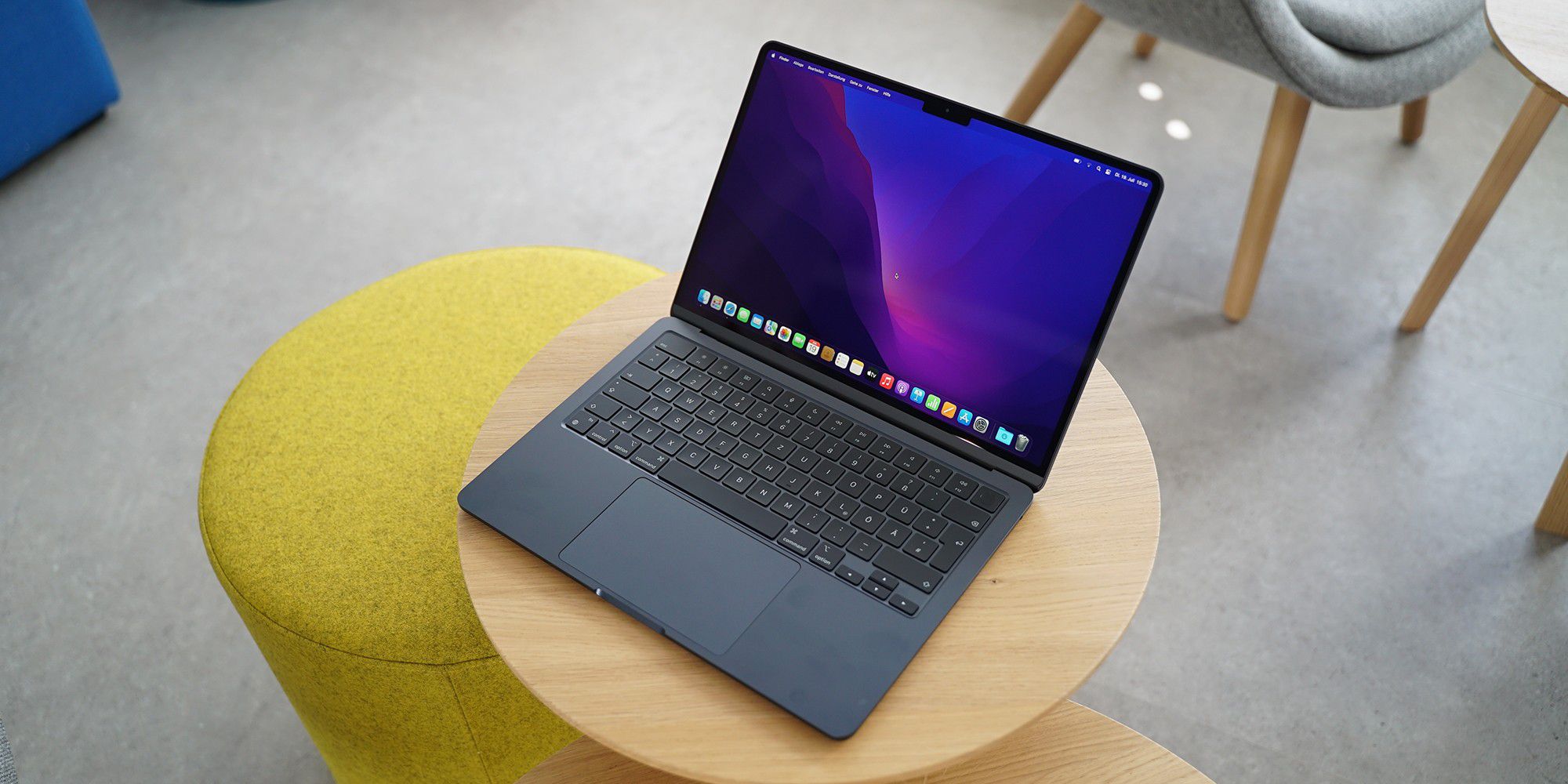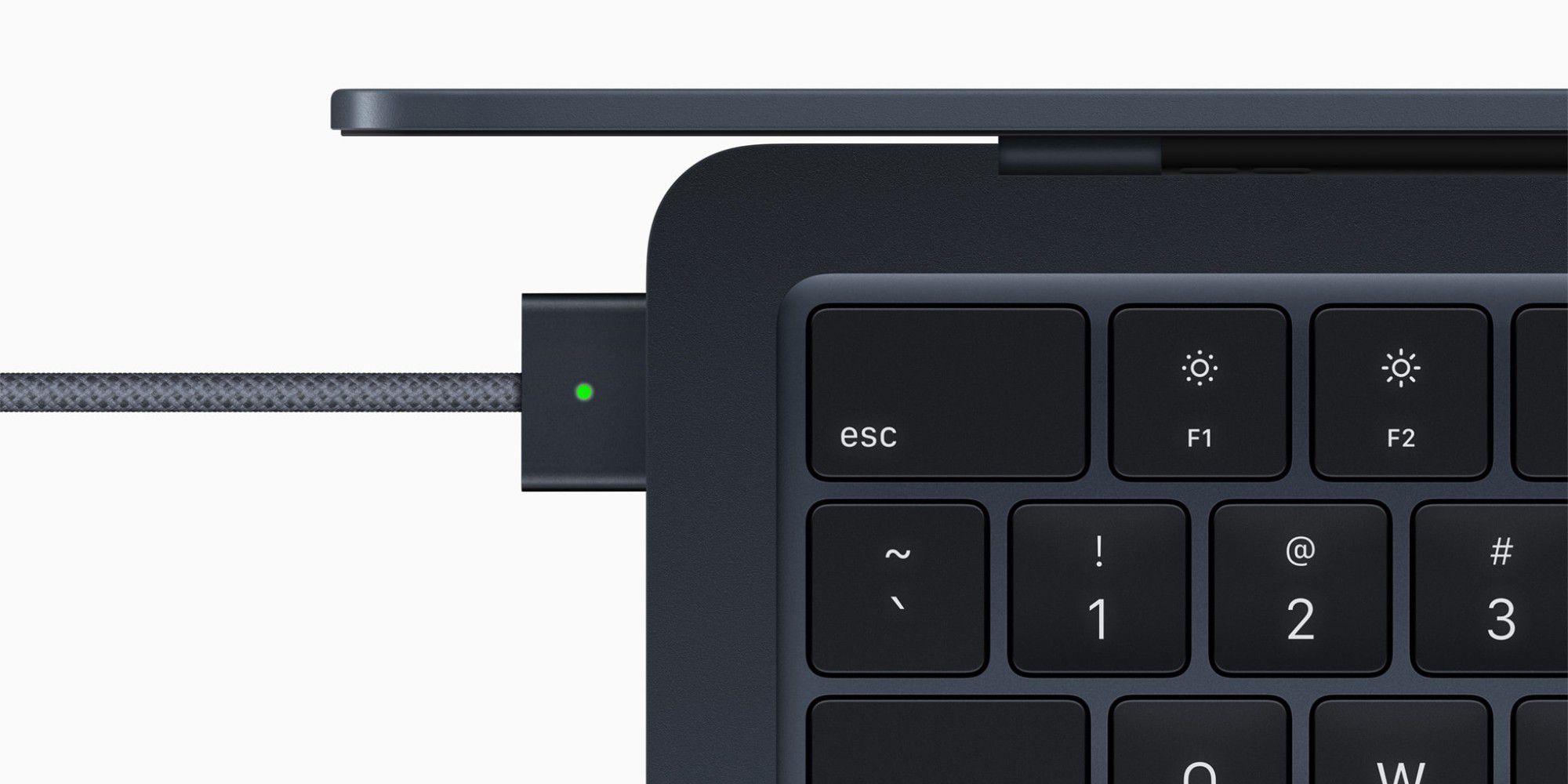
Back in July 2023, Bloomberg’s Mark Gurman reported that Apple could release an update to the 13-inch MacBook Air this fall. However, he has since changed his prediction, suggesting that we could be waiting until the spring or summer of 2024 for a new MacBook Air.
When Gurman made his initial forecast we were surprised that he didn’t mention the 15-inch MacBook Air, which Apple introduced in June 2023. It would be curious if both Macs were not on the same update schedule. Now it looks like Apple may be holding back the M3 version of the 13-inch MacBook Pro to launch later, alongside the M3 15-inch MacBook Air.
In the meantime, at an Apple event on October 30, we could see a new M3 13-inch MacBook Pro, M3 iMac and maybe even an M3 Mac mini. It would be unusual for the MacBook Air to not be updated at that event, as it is expected to get the same M3 chip as those other Macs, but the indications seem to be that it won’t feature.
Here’s everything you need to know about the next generation MacBook Air, including the latest rumors, speculation based on current information and Apple’s history, and confirmed data.
M3 MacBook Air: Release date
In July 2023, Bloomberg’s Mark Gurman reported that Apple was planning a second fall launch, perhaps at an October event that “could feature the first Macs with M3 chips”. He mentioned the 13-inch MacBook Air, along with the 13-inch MacBook Pro and the iMac as the first machines to get the M3. The current M2 13-inch MacBook Air was released in July 2022, which would mean that an October M3 upgrade would come about 15 months after the M2 version hit the market.
However, Apple introduced the 15-inch MacBook Air with M2 in June 2023. An update to the 15-inch MacBook Air just four months later would be unusual and invites the question of why Apple introduced the 15-inch model at WWDC and didn’t just wait until the M3 model could launch. Apple could ignore the 15-inch MacBook Air and update it to M3 sometime after the 13-inch model is updated, but this will be a confusing proposition to consumers who won’t want to spend more on the less powerful model in order to benefit from the larger screen. The only reason not to update both models at the same time would be to give the 15-inch MacBook Air an update to the M3 Pro, but we think that is unlikely.
It’s not surprising then that Gurman seems to have now backtracked on this. In an October newsletter, he wrote: “Those waiting for a new MacBook Air will likely need to hold on a bit longer. I’m told that the 13-inch and 15-inch M3 models have just reached the EVT stage, or engineering verification test, which would put them on schedule for between spring and summer of next year at the earliest.” See: Apple’s M3 Mac roadmap gets clearer.
On this basis, we expect the MacBook Air update will happen in the spring or at WWDC in June 2024. Apple will update both MacBook Air models at the same time.
M3 MacBook Air: Price
When Apple released the M2 15-inch MacBook Air in June, the company reduced the price of the 13-inch model by $100/£100. Apple could use the M3 upgrade as an opportunity to raise the price back to $1,199, but we expect it to remain at the same price, at least in the U.S.
Apple may reduce prices in the U.K. and other markets outside the U.S. after it raised prices back in 2022 in relation to exchange rate fluctuations (in September the company reduced the pricing of iPhones to take into consideration currency fluctuations).
The M3 13-inch MacBook Air’s price and specifications will likely follow that of the current M2 13-inch MacBook Air or be close. For your reference, here are the prices and specifications of the M2 13-inch MacBook Air standard configurations:
- 13-inch, M2 chip with 8-core CPU/8-core GPU, 8GB of memory, 256GB SSD: $1,099/£1,149
- 13-inch, M2 chip with 8-core CPU/10-core GPU, 8GB of memory, 512GB SSD: $1,399/£1,449
- 15-inch, M2 chip with 8-core CPU/10-core GPU, 8GB of memory, 512GB SSD: $1,299/£1,399
- 15-inch, M2 chip with 8-core CPU/10-core GPU, 8GB of memory, 512GB SSD: $1,499/£1,599
We are hopeful that the U.K. prices will fall back to the equivalent dollar price, so £1,099 and £1,399, for example.
Apple also sells the 13-inch MacBook Air M1 for the same $999/£999 as it cost when it launched in October 2020. It’s possible that Apple will discontinue the M1 MacBook Air while lowering the price of the M2 model to $999 when the M3 arrives.
The M3 13-inch MacBook Air will be available through the usual retail outlets once it goes on sale: the Apple Store, Amazon, and other popular retailers. You can find the best prices for a new MacBook Air in our MacBook Air deals article.
M3 MacBook Air: Design
When Apple released the M2 13-inch MacBook Air, it also gave it a complete redesign for the first time. It eliminated the tapered design and implemented a traditional look that’s similar to the 14-inch MacBook Pro.

An M3 13-inch MacBook Air will have the same design as the current M2 model.
IDG
Because this new design has been through only one generation of the Air, we don’t expect Apple to change much with the M3 upgrade. That’s fine because it’s already one of the thinnest and lightest you can buy:
- 15-inch MacBook AIr M2: 13.40 x 9.35 x 0.45in (34.04 x 23.76 x 1.15cm), 2.8 pounds (1.51kg)
- 13-inch MacBook Ai M2: 11.97 x 8.46 x 0.44in (30.41 x 21.5 x 1.13cm), 2.7 pounds (1.24kg)
- 13-inch MacBook Air M1: 11.97 x 8.36 x 0.16-0.63in (30.41 x 21.24 x 0.41-1.61cm), 2.8 pounds (1.29kg)
M3 MacBook Air: Display
The M3 MacBook Air will likely use the same display as those on the M2 model. For the 13-inch MacBook Air Apple uses a 13.6-inch Liquid Retina display with a 2,560-by-1,664 pixel resolution, a maximum brightness of 500 nits, P3 color support, and True Tone, a step up from the ones used in the M1 13-inch MacBook Air and the 13-inch MacBook Pro, which use a 13.3-inch Retina displays with a resolution of 2,560 by 1,600 pixels. The M1 Air’s display brightness is 400 nits, while the 13-inch Pro is at 500 nits.
However, change could be on the way in the form of new mini-LEDs that can be brighter than the current ones, but more importantly, use less battery a the current brightness levels. These are, according to DigiTimes, coming to the 14- and 16-inch MacBook Pro, but it is feasible Apple could use them for the next generation MacBook Air.
The M3 MacBook Air will also likely keep the notch at the top of the display for the 1080p FaceTime camera, which doesn’t interfere with the 16:10 aspect ratio of the screen area below it.
Connecting an external display is done through one of the M3 MacBook Air’s Thunderbolt ports. The laptop can drive one external display with up to 6K resolution at 60Hz. If you need to connect more displays, you can try a workaround that involves third-party hardware and software.
M3 MacBook Air: Colors
Apple will likely offer the M3 MacBook Air in the same four colors as the M2 model: Midnight, Silver, Space Gray, and Starlight. There have been rumors for years that Apple is planning to launch MacBook Air colors that match the iMac’s colorful enclosure, but they haven’t come to pass.
M3 MacBook Air: Specs
In August 2023, Bloomberg’s Mark Gurman spotted developer logs with core configurations for the M3 series, which indicate that the M3 will have 8 CPU cores (4 performance, 4 efficiency) and 10 GPU cores.
Both the M1 and M2 have eight CPU cores, and the M2 starts with 8 GPU cores and is configurable to 10, so it looks like the M3 will follow suit.
This new chip might look similar to the predecessor, but the M3 chip is rumored to be manufactured using a new 3nm process. This allows for more transistors than compared to the enhanced 5nm process used with the M2. This could allow the M3 to be faster than the 20 percent boost we often see with a new generation of chips. Learn more about the M3.
Both the M1 and M2 started with 8GB of unified memory, which is what we’ll probably see with the M3. The M2 is configurable to 24GB of memory, which could increase to 32GB with the M3. Gurman claims that Apple may be changing the unified memory configurations, with 36GB and 48GB showing up in testing. 48GB would be a new configuration, reserved for the M3 Pro and Max, but it may mean we see 36GB with the M3.
The MacBook Air does not have any internal fans and we don’t expect that to change. While the fanless design may cause the M2 Air to slow down during CPU or GPU loads, however, the M3’s higher efficiency could help high-end performance.

The MacBook Air has a MagSafe port that supports fast charging.
Apple
The MacBook Air has two Thunderbolt 4/USB-C ports, a MagSafe 3 connector for a power adapter (the laptop can also be charged through Thunderbolt), and a headphone jack. If Apple adds more ports, it’s likely to just be an extra USB-C port.
The current Air has Wi-Fi 6 wireless connectivity. After Apple brought Wi-Fi 6E to the Mac mini and MacBook Pro, it’s likely to bring it to the next MacBook Air, too.
M3 MacBook Air: Battery and charging
The M2 13-inch MacBook Air has a 52.6-watt-hour lithium-polymer battery, while the 15-inch model offers a 66.5-watt-hour battery, and the upcoming M3 models will probably have the same size battery.
However, the M3 may be more power efficient than the M2, which could result in extended battery life. Currently, Apple rates its Air battery with “up to 18 hours Apple TV app movie playback, and “up to 15 hours wireless web,” and those numbers could be longer with the M3 Air.
For charging, we expect the same options as the current Air. The $1,099/£1,149 M2 13-inch MacBook Air includes a standard 30W USB-C Power Adapter. The $1,399/£1,449 model has a 35W Dual USB-C Port Compact Power Adapter for charging two devices at the same time. A USB-C to MagSafe 3 power cable is included with either model. The 13-inch and 15-inch MacBook Air also support fast charging with a 70W USB-C Power Adapter or another from our list of the best MacBook Air chargers.






